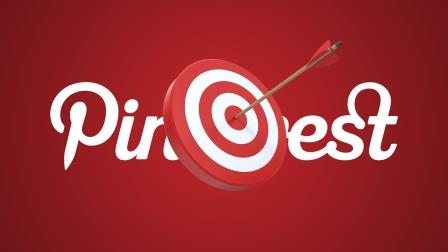Pinterest adds site, app retargeting to its ad-targeting options
Pinterest’s latest targeting options aren’t new among digital platforms, but the company claims its commerce-minded audience is what makes them novel.

At this point, it’s almost becoming more newsworthy if a major digital platform does not let brands retarget people who check out their sites or mobile apps with ads on that platform. Which is another way of saying that’s now a possibility on Pinterest.
By the end of this month, in order to expand the target audience, all advertisers will be able to target ads on Pinterest to people who have visited a brand’s website, used its mobile app or shared their email addresses with a brand, as well as people who may not have done those things but share similar characteristics. Brands will also be able to bring in data from Epsilon and LiveRamp to do this kind of audience targeting, which can be combined with regular Pinterest ad-targeting based on people’s interests, search keywords, the device they’re using and their location.
None of this is a groundbreaking development. Facebook, Google, Twitter and Facebook-owned Instagram already offer these ad-targeting options. Pinterest had already rolled out email-based ad targeting in March for advertisers using its Ads API. And Pinterest isn’t bringing anything new to the table with the type of on-site activities brands will be able to retarget against.
“We’re going to support all of the ones that you’ve grown used to, tracking things like sign-ups and page visits and checkouts and things like that. I don’t think that’s going to be really that new. But I think when you get into our platform and you can use that audience, the ways in which you can use that audience will be new,” said Pinterest Product Manager Frank Fumarola.
What Fumarola is referring to is the idea that a brand looking to retarget someone who already placed a product in their shopping cart may have a better chance of persuading that person to purchase it by advertising to them on Pinterest versus any other major social network. That’s because someone on Pinterest is more likely to be in a shopping mindset than someone on Facebook or Twitter, according to internet trend oracle and venture capitalist Mary Meeker. Meeker’s latest “Internet Trends” report claimed that 55 percent of people in the US who use Pinterest do so to shop or find products versus 12 percent of those on Facebook and Instagram and nine percent of those on Twitter.
That commerce-minded audience can be especially advantageous when it comes to creating lookalike audiences of people on Pinterest who are similar to those people on Pinterest who also browsed around a brand’s site, say, for wedding dresses. On Facebook or Twitter, that lookalike audience may consist of other people who share the same demographic qualities and interests. On Pinterest, it consists of other people who may have checked out pinboards of wedding cakes or created ones about flower girl dresses, Fumarola said.
Marketing Land – Internet Marketing News, Strategies & Tips
(16)


